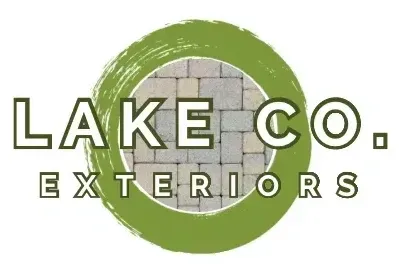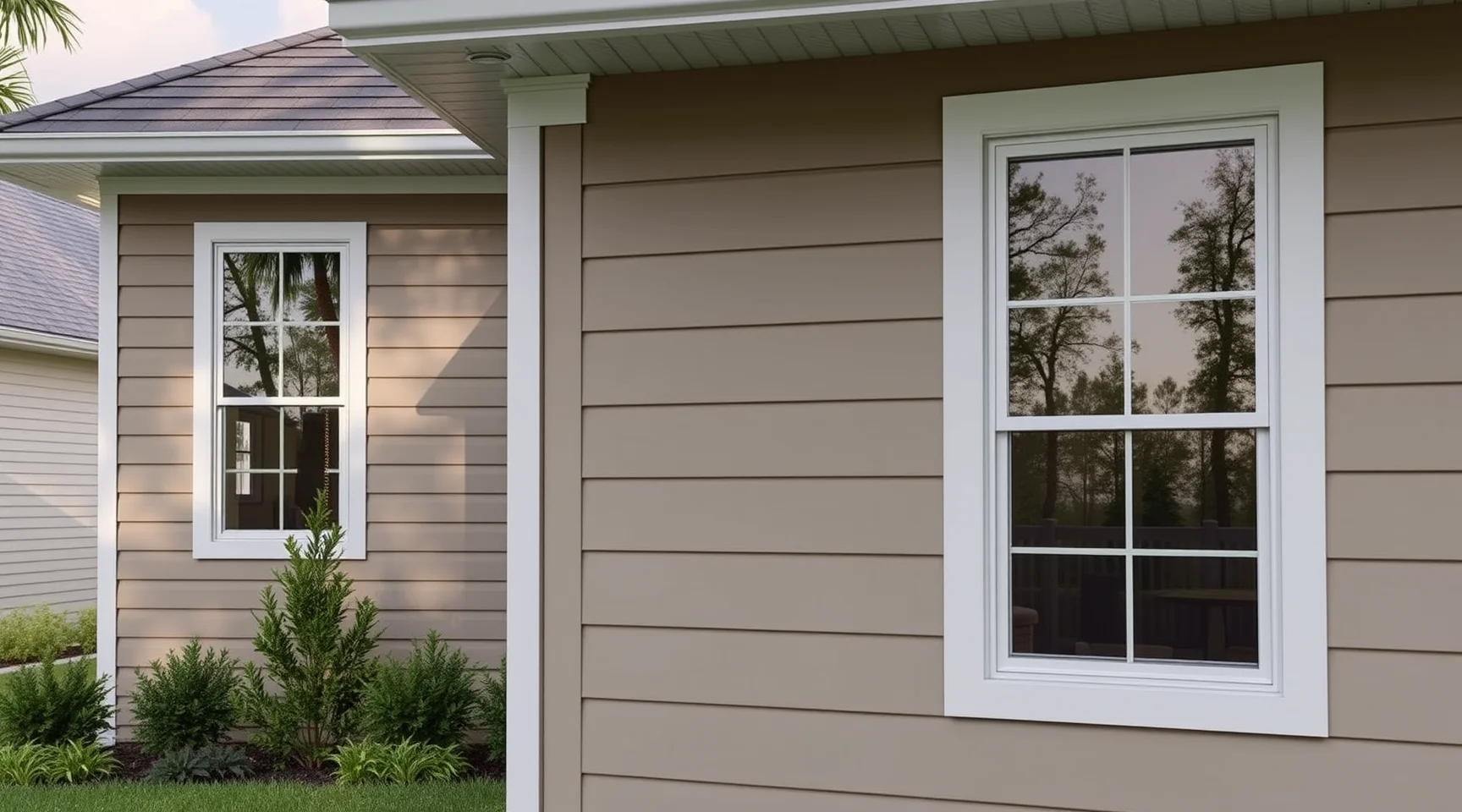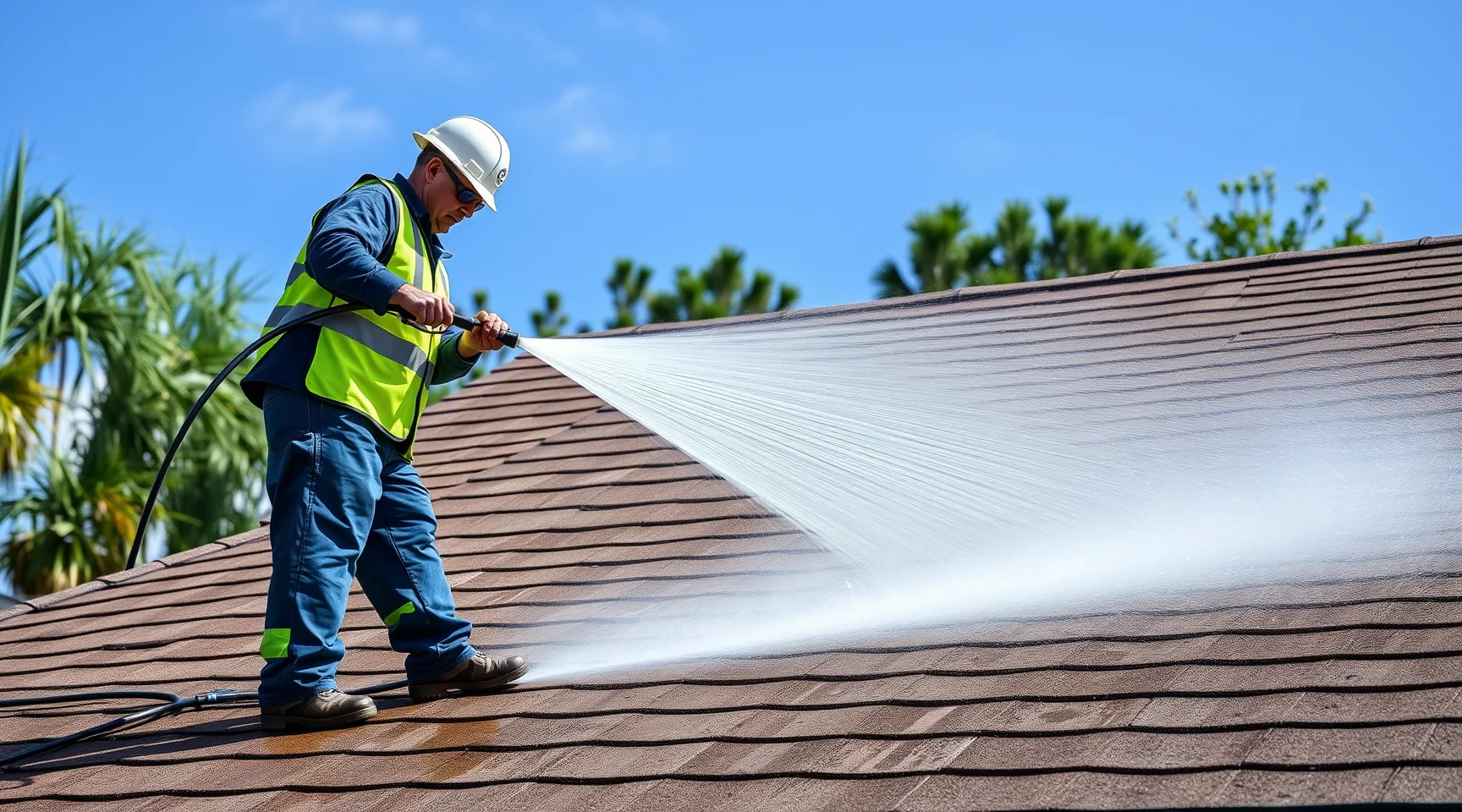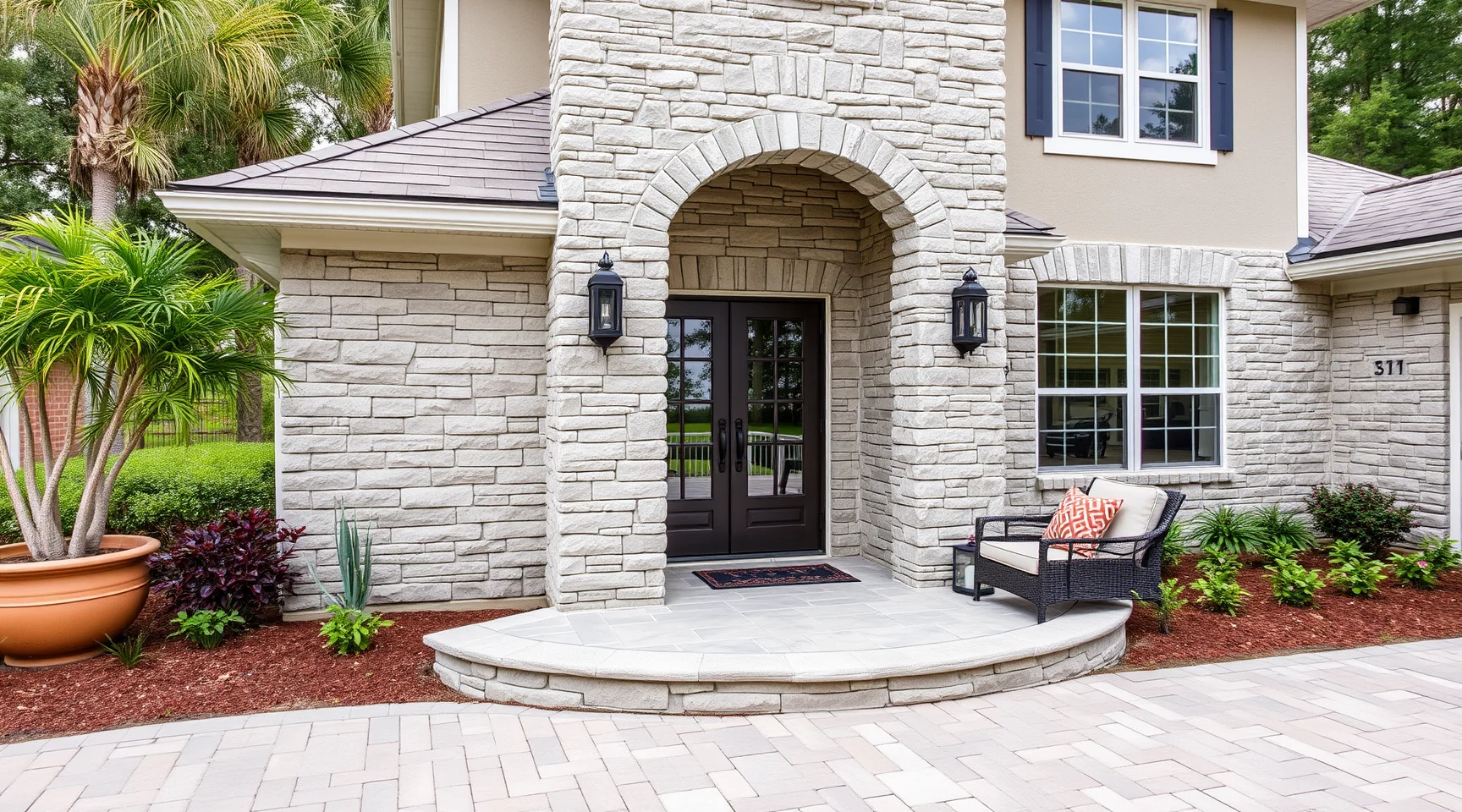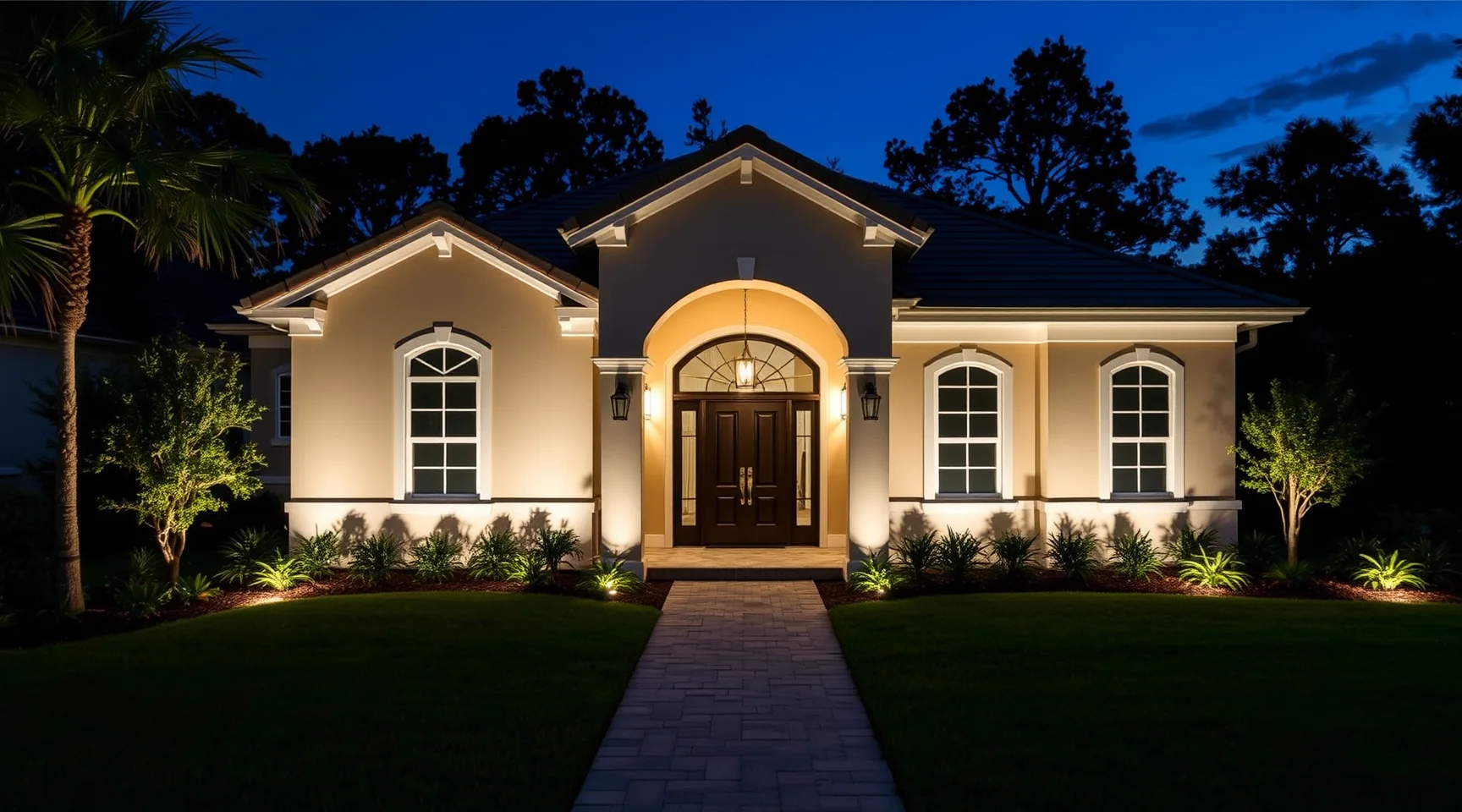
Do Soffit Vents Reduce Mold Risk in Attic | Expert Guide
Do Soffit Vents Reduce Mold Risk in Attic? Understanding the Role of Proper Ventilation
Maintaining a healthy and durable home requires addressing many critical components, one of which is attic ventilation. A common question among homeowners is do soffit vents reduce mold risk in attic? The answer is a resounding yes, but understanding how soffit vents work and their importance in mold prevention can help you make informed decisions to safeguard your home. In this comprehensive guide, we’ll explore how proper attic ventilation, including the strategic use of soffit vents, plays a vital role in mold prevention, energy efficiency, and overall home health.
What causes mold growth in attic spaces?
Before diving into how soffit vents help, it’s essential to understand the primary factors that foster mold growth in attics. Mold thrives in environments that are damp, poorly ventilated, and have inadequate airflow. Common causes include:
Excess moisture from humid outdoor air or indoor activities
Insufficient attic ventilation leading to humidity buildup
Condensation on roof sheathing or insulation surfaces
When these conditions persist, mold spores settle and grow, damaging your home’s structure and affecting indoor air quality. Addressing ventilation issues is a proactive way to eliminate the moist conditions that mold needs to thrive.
How do soffit vents work to improve attic airflow?
Soffit vents are installed in the eaves or overhangs of your roof, allowing fresh outdoor air to enter the attic space. Paired with ridge vents or roof vents, they create a balanced airflow—bringing in cool, dry air from outside while pushing out warm, moist air through the exhaust vents at the peak of your roof.
This airflow pattern is crucial for maintaining a dry, well-ventilated attic. When functioning properly, soffit vents prevent the buildup of heat and humidity, significantly reducing the environment conducive to mold growth.
Do soffit vents reduce mold risk in attic? What is the correlation?
Effective attic ventilation, including soffit vents, helps reduce mold risk in attic by controlling humidity levels. Here’s how:
Moisture Removal: They help prevent moisture accumulation caused by condensation or outdoor humidity.
Temperature Regulation: Proper ventilation keeps attic temperatures closer to ambient outdoor conditions, decreasing the chance of warm, moist air condensing on cold surfaces.
Preventing Air Stagnation: Even small pockets of stagnant air can lead to localized moisture buildup. Soffit vents promote continuous airflow, avoiding stagnation.
Protecting Structural Components: By mitigating excess moisture, soffit vents prolong the life of roof sheathing, rafters, and insulation, which can otherwise rot or degrade due to mold and moisture.
What are the signs that my attic ventilation needs improvement?
If you're unsure whether your soffit vents and attic ventilation are functioning effectively, watch for these signs:
Persistent dampness or musty odors in the attic
Visual mold growth on rafters, insulation, or roof sheathing
Condensation buildup on attic surfaces, especially during cold weather
Ice dams forming on eaves during winter
Excessive heat in the summer months
If you notice these signs, it’s wise to evaluate your current ventilation setup and consider consulting with professionals. Enhancing soffit and ridge vent systems might be the solution to ensure proper airflow and mold prevention.
How can I optimize soffit vents to maximize mold prevention?
Optimizing soffit vent effectiveness involves several key steps:
Correct Sizing and Placement: Ensure soffit vents are appropriately sized for your attic’s square footage. Proper placement along eaves promotes uniform airflow.
Complement with Ridge Vents or Exhaust Fans: Balanced ventilation requires exhaust outlets at the roof’s peak—ridge vents, roof vents, or attic fans help pull moist air out efficiently.
Regular Inspection and Maintenance: Keep vents free of debris, nests, and blockages. Periodically check for damage or deterioration.
Seal Leaks and Insulate: Properly sealing attic leaks and insulating can reduce warm air infiltration, decreasing condensation risks that lead to mold.
Upgrading your home’s ventilation system can be simplified by consulting experts. Learn more about professional soffit and fascia services to ensure your attic is optimized for mold prevention.
Are there other ventilation options that work with soffit vents?
While soffit vents are essential, they work best when integrated into a comprehensive attic ventilation system. These additional options include:
Ridge Vents: Installed along the roof peak, ridge vents facilitate the natural rise of hot, moist air, creating a continuous airflow with soffit vents.
Attic Fans: Powered or passive exhaust fans can improve airflow, especially in homes with limited natural ventilation.
Other Ventilation Devices: Soffit intake vents paired with powered exhaust fans or turbine vents can significantly enhance ventilation efficiency.
Creating a balanced ventilation system is key to reducing mold risk and maintaining a healthy attic environment. An expert assessment can help determine the best configuration for your home.
Can improper soffit vent installation cause more harm than good?
Yes, poorly installed soffit vents can lead to unintended problems, including:
Inadequate airflow, trapping moisture and increasing mold risk
Drafts or air leaks reducing energy efficiency
Vents that allow pests or debris to enter the attic space
Structural damage if vents are installed incorrectly
For optimal results, professional installation is recommended. Skilled contractors ensure vents are correctly placed, sealed, and integrated with other attic ventilation components. Explore our soffit and fascia services for expert guidance and installation.
How does proper attic ventilation contribute to overall home health?
Good attic ventilation benefits more than just mold prevention. It contributes to:
Lower energy costs by reducing air conditioning loads
Preserving roof integrity and extending lifespan
Enhancing indoor air quality by preventing mold spores and allergens
Maintaining consistent indoor temperatures and humidity levels
Investing in quality soffit vents and a well-designed ventilation system is an essential step toward a healthier, more energy-efficient home environment. For top-notch exterior solutions, consider exploring our exterior painting and hardscaping services to complement your home’s ventilation upgrade.
Frequently Asked Questions (FAQs)
1. Do soffit vents reduce mold risk in attic if I already have mold issues?
They can significantly help reduce conditions favorable to mold growth. However, existing mold should be professionally removed, and ventilation issues corrected to prevent recurrence.
2. How do I know if my soffit vents are working effectively?
Check for drafts, ensure vents are free from debris, and observe attic temperature and humidity levels. Professional inspections can provide an accurate assessment.
3. How often should I inspect or maintain soffit vents?
At least once a year, especially before and after winter or heavy storms, to ensure they are clear and functional.
4. Can I install soffit vents myself?
While DIY installation is possible, professional help ensures optimal placement, sealing, and integration with other ventilation components. Proper installation maximizes benefits and prevents issues.
5. Are soffit vents suitable for all types of roofs?
Most roofing systems can accommodate soffit vents, but consultation with a roofing professional ensures compatibility and proper installation.
Conclusion: Protect Your Home with Proper Attic Ventilation
When considering whether do soffit vents reduce mold risk in attic, the clear answer is that they are an indispensable component of an effective ventilation system. Proper airflow prevents excess moisture buildup, inhibits mold growth, and prolongs your roof’s lifespan. If your home’s attic currently shows signs of poor ventilation or mold issues, consulting with experts can help design a tailored solution.
Enhance your home’s exterior and ventilation health by exploring our comprehensive services, including siding repair and installation and custom outdoor lighting. Protect your investment today for a healthier, more beautiful home tomorrow.
